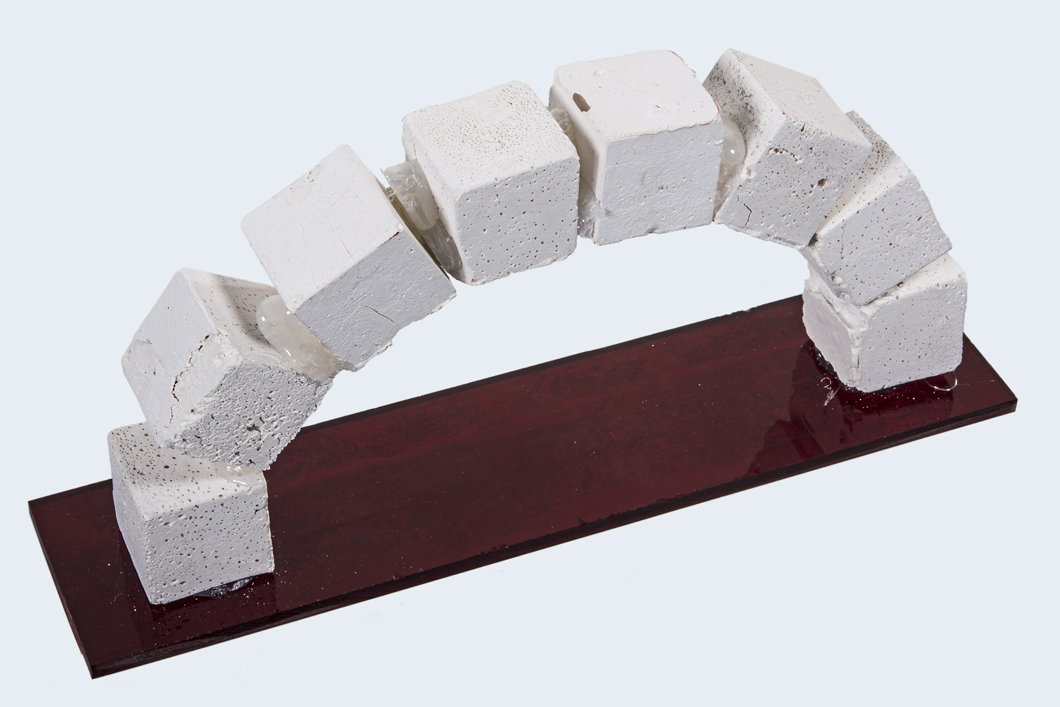Cement replacement by Paper ash
Devarshi Shukla (CIVIL ENGINEER)
From waste material to building material: A bridge made from paper ash

A bridge made of paper ash binder
Source: BAM
In Germany, 20 million tons of paper waste are produced each year. 75% of it will be recycled. The waste paper is sorted, shredded, washed and the ink is removed. In addition to recyclable paper fibres for paper production, process residues such as fibre residues, deinking sludge and rejects (sorting residues) are left over. These are burned in decentralised power plants and used to generate energy. The paper sludge ash or short paper ash remains as waste material. BAM is studying whether this waste material is suitable as a raw material for the production of concrete.
Concrete as a building material
Today, concrete is the most widely used building material worldwide. Cement is the hydraulic binder in concrete. A material is hydraulic when its mineral phases react with water and the material hardens. The reaction products are insoluble in water. In short: through the chemical reaction with water, cement hardens and remains solid. During the production of cement, burned cement clinkers are mixed with other components. For example, depending on the mixing ratio and components, Portland cement or trass-cement is produced. Additives used in practice - which are added to the cement before or after grinding - are industrial residues such as granulated blast furnace slag, fly ash, silica fume or quartz powder. Other waste materials could also potentially be used as mineral components for binder.
Waste material in concrete: What is it suitable for?
The employees from the Technology of Construction Materials division are characterising the chemical and mineralogical properties of mineral waste materials, such as bottom ash from coal combustion, crushed concrete fines, mineral filter residue from silane production, lignite fly ash - or even paper ash. The characterisation provides answers for questions such as: which waste materials can I use for the production of building materials and for what purpose? Is preparation necessary and how can it be technically implemented? And can the waste materials be combined with one another for a technical application?
BAM's Technology of Construction Materials division already has the preliminary answers to these questions. In the article From waste materials to products for use in the cement industry they have described how the waste materials behave as additives and what influences this has on the building materials strength development.

Paper ash as a binder for building materials
Source: BAM
Paper ash and its possible applications
The current research activities in the division are focussing on the waste material paper ash. Paper ash has a similar chemical composition to that of cement, but the mineral phase composition differs significantly and is less reactive. Therefore, a process to activate the paper ash prior to using it as a binder is necessary. A hydrothermal calcination is suitable for this purpose: first, the paper ash is mixed with water and heated in a pressure vessel. Next, calcination takes place, burning the paper ash at 750°C. The first results of the analyses of such activated paper ashes show that the hydraulically active mineral phases like that of cement are formed: the activated paper ash hardens when water is added.
Paper ash can therefore be used in the production of concrete - a beneficial idea regarding scarce resources and intelligent recycling. Whether there are residential buildings, industrial plants or bridges: tomorrow’s construction could literally be made from yesterday’s newspaper. So far, paper ash has mostly been landfilled - even though studies show that it has the potential to be recycled. With BAM's research results, it can be shown that through hydrothermal calcination, paper ash can be effectively used as reactive binder component.


Comments